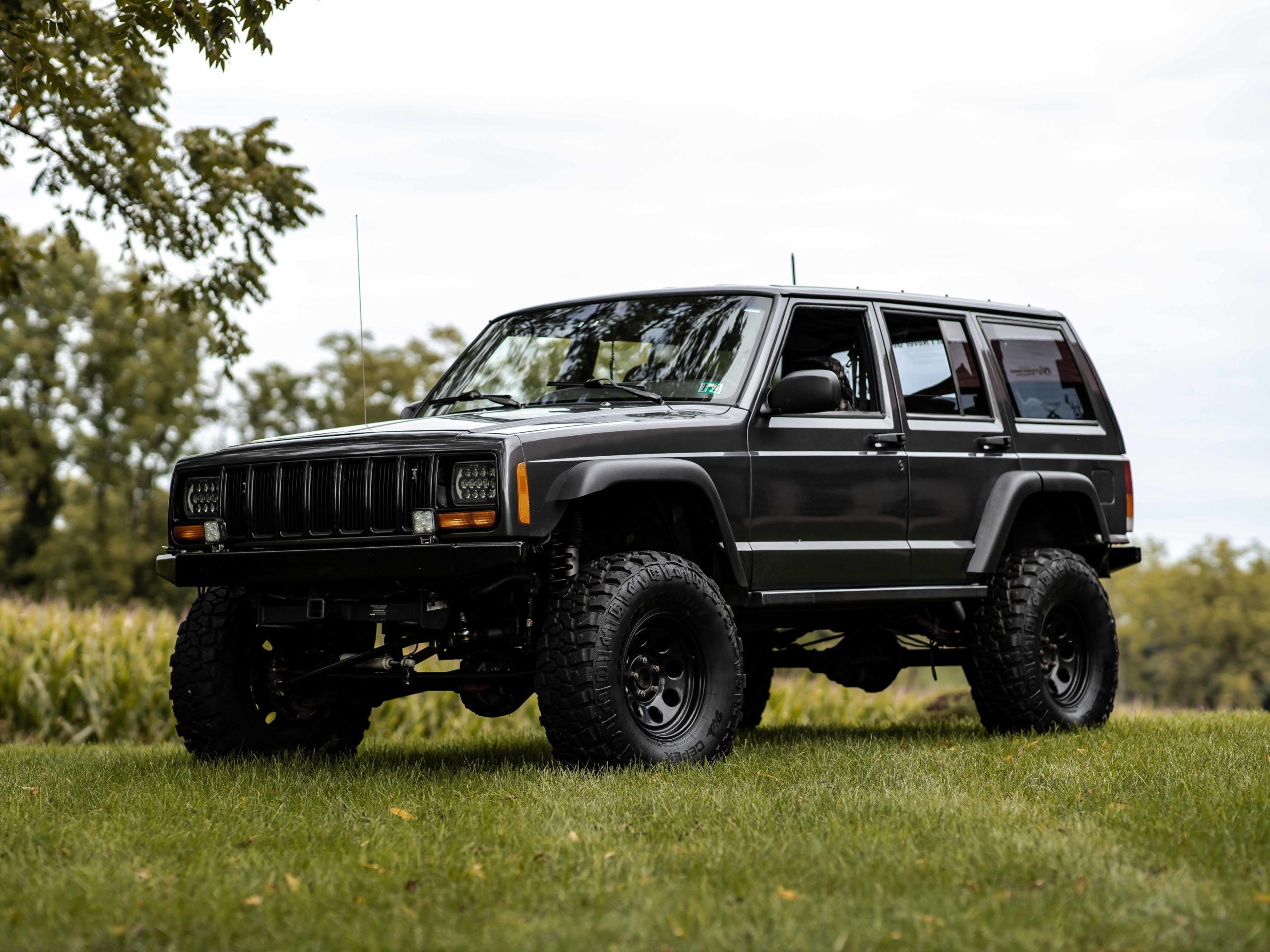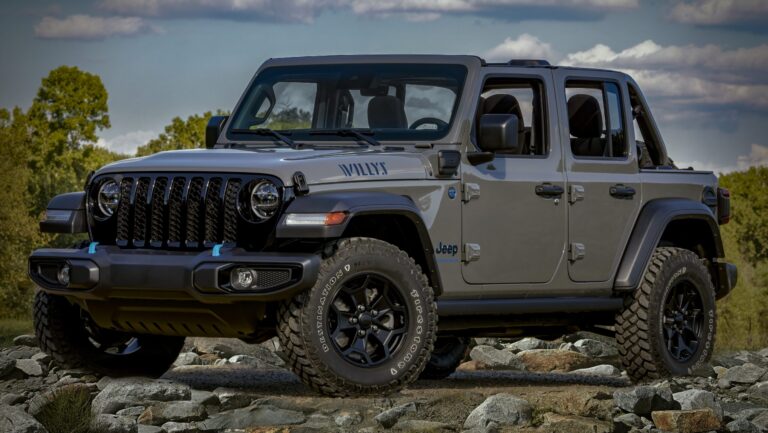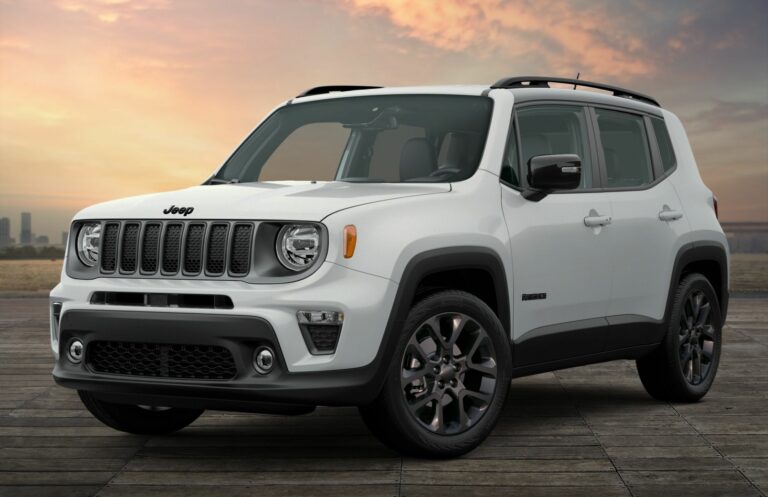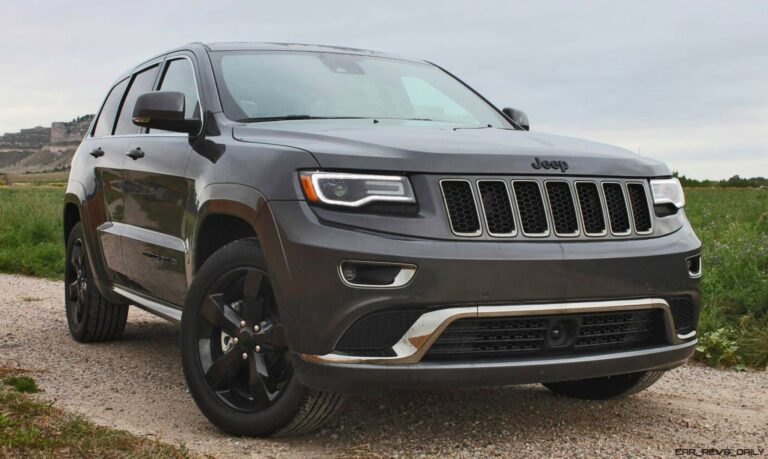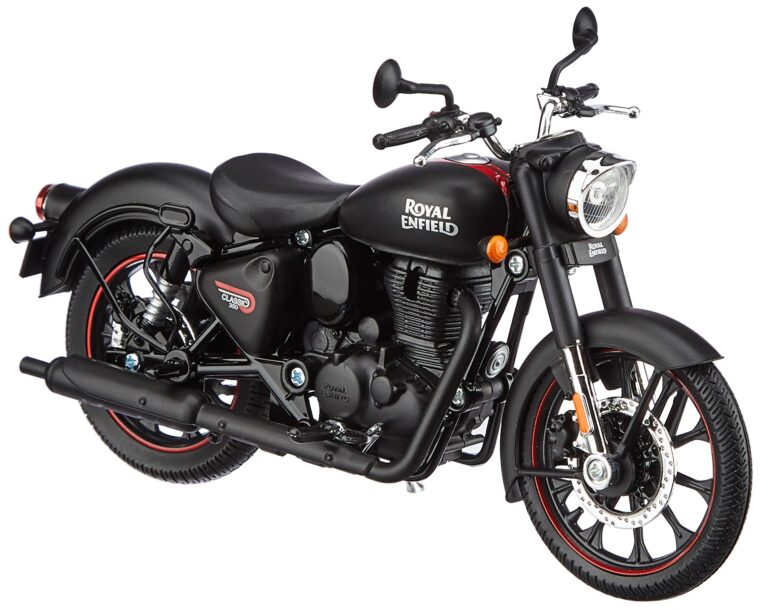Jeep Cherokee XJ Rims: The Ultimate Guide to Wheels for Your Classic Off-Roader
Jeep Cherokee XJ Rims: The Ultimate Guide to Wheels for Your Classic Off-Roader jeeps.truckstrend.com
The Jeep Cherokee XJ, produced from 1984 to 2001, is an undeniable icon in the automotive world. Renowned for its rugged durability, capable four-wheel-drive system, and timeless utilitarian design, the XJ remains a beloved platform for off-road enthusiasts and daily drivers alike. While its engine, transmission, and suspension often steal the spotlight, the often-underestimated Jeep Cherokee XJ Rims play a pivotal role in defining its stance, performance, and overall character.
More than just a cosmetic choice, the right rims are fundamental to tire fitment, steering geometry, and even the vehicle’s safety and capability, particularly when venturing off the beaten path. Choosing the correct Jeep Cherokee XJ Rims can transform a stock vehicle into a trail-conquering beast or simply refresh its classic appeal. This comprehensive guide will delve into everything you need to know about selecting, understanding, and maintaining the perfect rims for your legendary XJ.
Jeep Cherokee XJ Rims: The Ultimate Guide to Wheels for Your Classic Off-Roader
Understanding XJ Rim Specifications: The Foundation
Before diving into the myriad of options available, it’s crucial to understand the core specifications that define compatibility for Jeep Cherokee XJ Rims. These numbers are non-negotiable and dictate whether a wheel will physically fit your vehicle.
-
Bolt Pattern (PCD): 5×4.5 inches (5×114.3mm)
This is the most critical specification. It means there are five lug holes, and they are arranged in a circle with a diameter of 4.5 inches (or 114.3 millimeters). Any rim you consider must have this exact bolt pattern. Fortunately, this is a common pattern shared with many other Jeeps (like the TJ Wrangler, YJ Wrangler, and ZJ Grand Cherokee) and various Ford, Honda, and Toyota vehicles, offering a wide array of choices.
-
Center Bore: 71.5mm
The center bore is the hole in the middle of the wheel that centers it on the vehicle’s hub. For the XJ, this is 71.5mm. Ideally, you want a wheel with a center bore that either matches this exactly (hub-centric fitment) or is slightly larger. If it’s larger, you’ll need hub-centric rings to ensure the wheel is perfectly centered on the hub, preventing vibrations and ensuring proper load distribution. If the wheel’s center bore is smaller than 71.5mm, it simply won’t fit over your hub. 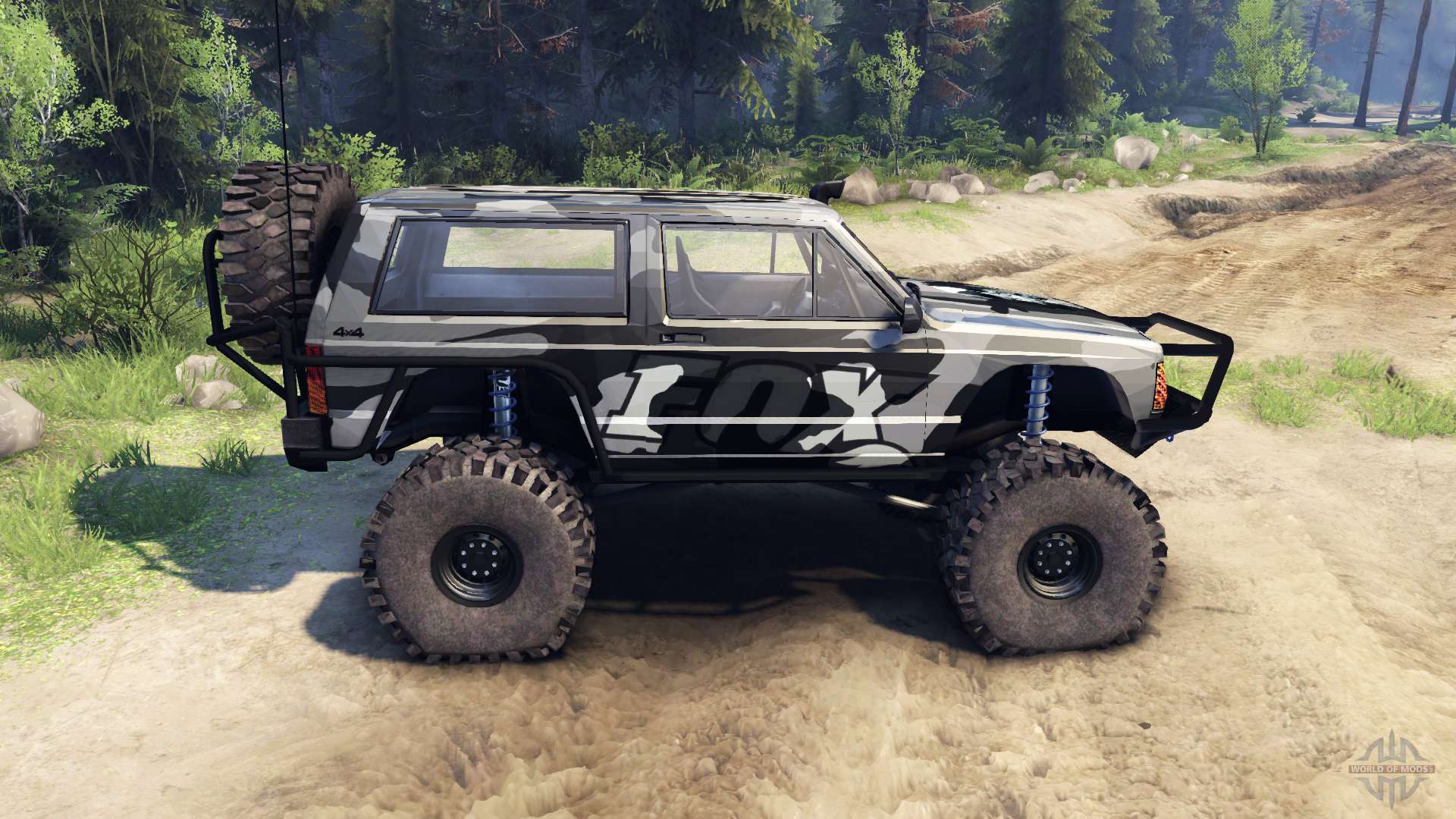
Offset and Backspacing: The Clearance Factor
These two measurements are intrinsically linked and determine how far a wheel sits inward or outward relative to the mounting surface.- Offset: Measured in millimeters, offset is the distance from the wheel’s mounting surface to the centerline of the wheel.
- Positive Offset: The mounting surface is closer to the outside of the wheel. This pulls the wheel inward towards the vehicle’s frame. Stock XJ rims typically have a positive offset (around +30mm to +35mm).
- Negative Offset: The mounting surface is closer to the inside of the wheel. This pushes the wheel outward, creating a wider stance.
- Zero Offset: The mounting surface is exactly at the wheel’s centerline.

- Backspacing: Measured in inches, backspacing is the distance from the mounting surface to the very back edge of the wheel. It’s often easier for off-roaders to visualize than offset.
- Stock XJ rims typically have around 5.25 inches of backspacing.
- When running larger tires on a lifted XJ, reducing backspacing (e.g., to 3.75" to 4.5") is often necessary to prevent the tires from rubbing on the control arms or inner fenders during turns and suspension articulation. Too little backspacing, however, can cause tires to protrude too far, leading to fender rubbing and increased stress on wheel bearings.
- Offset: Measured in millimeters, offset is the distance from the wheel’s mounting surface to the centerline of the wheel.
-
Diameter: 15", 16", 17" (Most Common)
The rim diameter affects the amount of sidewall your tire will have.- 15-inch rims: Offer the most sidewall, which is excellent for airing down on trails (better traction, smoother ride) and protecting the rim from trail obstacles. Generally, tires for 15-inch rims are also less expensive. Many classic XJ builds favor 15-inch rims for their period-correct look.
- 16-inch and 17-inch rims: Allow for larger brake calipers (if you ever upgrade your brakes) and offer a more modern aesthetic. They provide less sidewall, which can mean a stiffer ride but also potentially better on-road handling response.
-
Width: 7", 8", 9" (Most Common)
The rim width must be appropriate for the tire width you plan to run. A tire that’s too wide or too narrow for the rim can lead to uneven wear, poor handling, and even bead separation. Most common tire sizes for XJs (e.g., 31×10.50, 33×12.50) fit well on 8-inch or 9-inch wide rims.
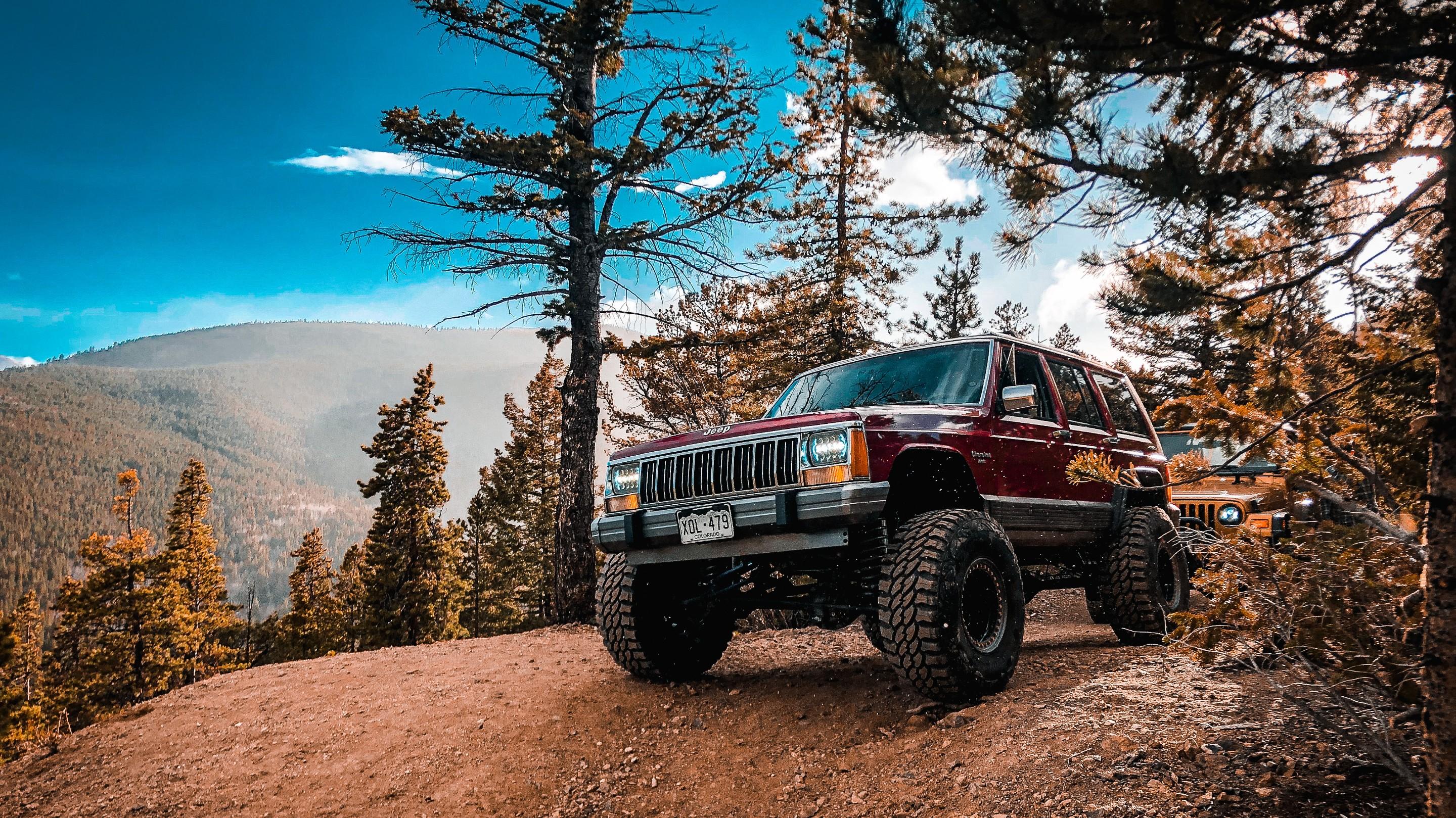
Why Upgrade Your XJ Rims? Beyond Aesthetics
Upgrading your Jeep Cherokee XJ Rims isn’t just about making your rig look good; it often serves critical functional purposes.
- Accommodating Larger Tires: This is perhaps the most common reason. As XJ owners lift their vehicles, they often want to run larger diameter and wider tires for increased ground clearance and off-road traction. Stock rims, with their high backspacing, will cause larger tires (especially wider ones) to rub on the control arms or sway bar at full steering lock. Aftermarket rims with less backspacing are essential to prevent this.
- Enhanced Off-Road Performance:
- Improved Clearance: Less backspacing pushes the wheels out, widening the track width slightly, which can improve stability on uneven terrain.
- Better Bead Retention: Certain wheel designs, or dedicated beadlock wheels, are designed to hold the tire bead securely even at very low air pressures, crucial for maximum traction on rocks and difficult trails.
- Aesthetics and Personalization: The right set of rims can dramatically change the look of your XJ, from rugged and utilitarian to sleek and modern. There’s a vast array of finishes, spoke patterns, and designs to choose from.
- Damage or Wear: Original XJ rims, especially steel ones, can rust, bend, or crack over time due to age, impact, or corrosion. Replacing them with new or stronger aftermarket options restores safety and functionality.
- Weight Reduction: Switching from heavy steel wheels to lighter alloy wheels can reduce unsprung weight, potentially leading to slightly better fuel economy, improved ride quality, and more responsive handling (though the effect is often minimal on a heavier XJ).
Types of Jeep Cherokee XJ Rims
The market offers a diverse range of Jeep Cherokee XJ Rims, each with its own characteristics, pros, and cons.
-
Steel Wheels:
- Pros: Highly durable, very strong, inexpensive, often repairable (can be hammered back into shape), classic utilitarian look.
- Cons: Very heavy (increases unsprung weight), prone to rust (especially in harsh climates), limited design options (e.g., "D-window," "Soft 8").
- Ideal for: Budget builds, dedicated off-road rigs, or those who prefer a rugged, no-frills appearance. Cragar Soft 8s and Pro Comp Steel D-windows are iconic choices.
-
Alloy Wheels (Aluminum):
- Pros: Lighter than steel (reducing unsprung weight), excellent heat dissipation (good for brakes), vast array of designs, finishes, and colors, generally better aesthetics, resistant to rust.
- Cons: More expensive than steel, can crack or bend more easily on severe impacts (though high-quality alloys are very strong), harder to repair if damaged.
- Ideal for: Daily drivers, show vehicles, or those seeking a balance of performance, looks, and moderate off-road capability. Brands like Method Race Wheels, Black Rhino, American Racing, and KMC offer popular alloy options.
-
Beadlock Wheels (True Beadlocks):
- Pros: Securely clamp the tire bead to the wheel, allowing for extremely low tire pressures (single-digit PSI) without fear of the tire coming off the bead. Essential for serious rock crawling and extreme off-road scenarios.
- Cons: Very expensive, heavy, require more maintenance (checking bolts), often not street legal in many areas due to safety regulations, can be a pain to balance.
- Ideal for: Dedicated competition rigs or extreme off-road enthusiasts where maximum traction at ultra-low pressures is paramount.
-
Simulated Beadlock Wheels:
- Pros: Offer the aggressive "beadlock look" without the cost, weight, or maintenance of true beadlocks. Are street legal.
- Cons: Do not offer the bead retention benefits of true beadlocks.
- Ideal for: Those who like the aesthetic but don’t need the extreme functionality.
-
Factory/OEM Wheels:
- Pros: Direct fit, period-correct, can be found relatively cheaply used, designed specifically for the XJ’s original specifications.
- Cons: Limited in size and design, often have high backspacing which restricts larger tire fitment, can be heavy (especially steel versions).
- Examples: Canyon, Ecco, Gambler, five-spoke alloys common on later model XJs.
Choosing the Right Rims for Your XJ: Important Considerations
Making the best choice for your Jeep Cherokee XJ Rims requires a holistic approach, factoring in your vehicle’s setup and your intended use.
-
Lift Height and Tire Size: These are the most critical factors.
- Stock XJ (no lift): You’re generally limited to 30-inch diameter tires (e.g., 235/75R15) on stock rims.
- 2-3 inch lift: Can typically clear 30-31 inch tires with stock backspacing, but 3.75"-4.5" backspacing is recommended for wider 31s (e.g., 31×10.50R15) to prevent rubbing.
- 4.5+ inch lift: Can accommodate 33-inch tires, and some even 35-inch tires with significant fender trimming. For 33×12.50R15/17 tires, 3.75"-4.0" backspacing is often ideal to prevent rubbing on control arms and allow for full steering. Keep in mind that extremely wide tires and minimal backspacing will require fender cutting or fender flares to prevent rubbing on the outside.
-
Intended Use:
- Daily Driver: Prioritize aesthetics, comfort, and perhaps lighter alloy wheels for improved ride quality and fuel economy.
- Light Trails/Overlanding: A balance of durability and style. Good quality alloys or durable steel wheels with appropriate backspacing are suitable.
- Rock Crawling/Extreme Off-Road: Steel wheels for their durability or true beadlocks for ultimate bead retention are often preferred, prioritizing function over aesthetics.
-
Budget: Steel wheels are the most affordable, followed by entry-level alloys, with premium alloys and true beadlocks being the most expensive. Factor in the cost of mounting and balancing as well.
-
Brake Clearance: While less common with XJs, some aftermarket 15-inch wheels might not clear larger brake calipers if you’ve upgraded your braking system. Always double-check fitment if you have non-stock brakes.
-
Lug Nuts: Ensure you have the correct type of lug nuts for your new wheels. Most aftermarket wheels require "acorn" or "conical" style lug nuts, which have a tapered seat. Some OEM wheels use "spherical" or "ball" seat lug nuts. Using the wrong type can damage the wheel or cause the lug nuts to loosen.
Installation and Maintenance Tips
Once you’ve chosen your new Jeep Cherokee XJ Rims, proper installation and ongoing maintenance are key to their longevity and your safety.
- Professional Installation: While you can mount wheels yourself, having a professional shop mount and balance your tires is highly recommended. Proper balancing is crucial to prevent vibrations, especially at highway speeds.
- Torque Specs: Always torque your lug nuts to the manufacturer’s specified value (typically 90-100 ft-lbs for XJs). Use a torque wrench and follow a star pattern to ensure even tightening. Re-check torque after the first 50-100 miles.
- Cleaning: Regularly clean your rims, especially alloy wheels, to prevent the build-up of brake dust and road grime, which can corrode finishes. Use appropriate wheel cleaners and brushes.
- Inspection: After any off-road excursion, visually inspect your rims for dents, cracks, or bends. Damage can lead to air leaks, vibrations, or catastrophic failure.
- Tire Rotation: Regular tire rotation (every 5,000-7,000 miles) helps ensure even tire wear and prolongs the life of both your tires and potentially your wheels.
Table: Popular Jeep Cherokee XJ Rim Options and Estimated Prices
This table provides a general overview of popular Jeep Cherokee XJ Rims and their approximate per-wheel cost. Prices can vary significantly based on brand, retailer, sales, and specific design.
| Rim Type/Style | Material | Diameter (in) | Width (in) | Backspacing (in) | Est. Price (per wheel) | Notes |
|---|---|---|---|---|---|---|
| Budget/Off-Road Focused | ||||||
| Cragar Soft 8 | Steel | 15, 16 | 7, 8 | 3.75 – 4.5 | $60 – $100 | Classic, durable, heavy. Prone to rust. |
| Pro Comp Steel D-Window | Steel | 15, 16 | 7, 8 | 3.75 – 4.5 | $65 – $110 | Very similar to Soft 8. |
| Mid-Range Alloy | ||||||
| American Racing AR172 Baja | Alloy | 15, 16, 17 | 8 | 3.75 – 4.5 | $120 – $200 | Popular, traditional off-road look. Good balance of price & quality. |
| Vision Manx 2 | Alloy | 15, 16, 17 | 8, 9 | 3.75 – 4.5 | $130 – $220 | Modern, clean multi-spoke design. |
| Black Rhino Wheels | Alloy | 16, 17 | 8, 9 | 3.75 – 4.5 | $180 – $300+ | Aggressive styling, good quality and durability. |
| Premium/Performance | ||||||
| Method Race Wheels (e.g., MR305) | Alloy | 16, 17 | 8, 9 | 3.75 – 4.75 | $200 – $350+ | High strength, popular for racing/serious off-road. |
| KMC Wheels | Alloy | 16, 17 | 8, 9 | 3.75 – 4.75 | $180 – $320+ | Wide range of styles, durable. |
| Specialty/OEM | ||||||
| Simulated Beadlock | Alloy | 15, 16, 17 | 8, 9 | 3.75 – 4.5 | $150 – $300 | Beadlock look without full beadlock function. Street legal. |
| True Beadlock | Steel/Alloy | 15, 17 | 8, 9 | 3.5 – 4.0 | $300 – $600+ | For extreme off-road, often not street legal. High maintenance. |
| OEM Take-offs (Used) | Alloy | 15, 16 | 7, 8 | 5.0 – 5.25 | $50 – $150 (per set) | Good for stock replacements or smaller tires. Limited tire clearance. |
Frequently Asked Questions (FAQ) about Jeep Cherokee XJ Rims
Q: Can I run 17-inch rims on my XJ?
A: Yes, you can. Many XJ owners run 17-inch rims, especially if they prefer a more modern look or plan to upgrade to larger brake systems in the future. Just ensure the overall tire diameter is appropriate for your lift, and select rims with proper backspacing to prevent rubbing.
Q: What’s the best backspacing for a lifted XJ?
A: For most lifted XJs running 31-inch or 33-inch tires, a backspacing between 3.75 inches and 4.5 inches is generally ideal. Less backspacing (e.g., 3.75") pushes the wheels out further, which is often necessary for wider tires (e.g., 12.50" wide) to clear control arms. More backspacing (e.g., 4.5") keeps the wheels tucked in more, reducing potential fender rubbing on the outside, but might still rub on the inside with very wide tires.
Q: Do I need hub-centric rings for my aftermarket XJ rims?
A: If your aftermarket alloy wheels have a center bore larger than the XJ’s 71.5mm hub, then yes, hub-centric rings are highly recommended. They ensure the wheel is perfectly centered on the hub, preventing vibrations (especially at highway speeds) and properly distributing the load, reducing stress on the lug studs.
Q: Will wheels from a Jeep Wrangler (TJ/YJ) or Grand Cherokee (ZJ) fit my XJ?
A: Yes, typically. The TJ Wrangler (1997-2006), YJ Wrangler (1987-1995), and ZJ Grand Cherokee (1993-1998) all share the same 5×4.5 (5×114.3mm) bolt pattern as the XJ. However, always double-check the backspacing and center bore to ensure proper fitment for your specific tire size and lift.
Q: How do I know if my rims are bent or damaged?
A: Common signs of bent or damaged rims include: persistent vibration (especially at certain speeds), uneven tire wear, a noticeable wobble in the tire, or visible deformities when inspecting the wheel. If you suspect damage, have a professional tire shop inspect them.
Conclusion
The Jeep Cherokee XJ is more than just a vehicle; it’s a statement, a lifestyle, and for many, a canvas for customization. At the heart of its performance and aesthetic appeal are the Jeep Cherokee XJ Rims. Understanding the critical specifications like bolt pattern, center bore, and especially backspacing, empowers you to make informed decisions that directly impact your XJ’s capability, safety, and visual presence.
Whether you prioritize rugged durability for the trails, lightweight performance for the street, or simply a fresh new look, the right set of rims can elevate your XJ experience. By carefully considering your vehicle’s setup, your intended use, and your budget, you can select the perfect wheels that not only fit flawlessly but also truly reflect the spirit of your iconic Jeep Cherokee XJ. Investing in the right rims is an investment in both the form and function of your beloved off-roader, ensuring it continues to turn heads and conquer terrain for years to come.

